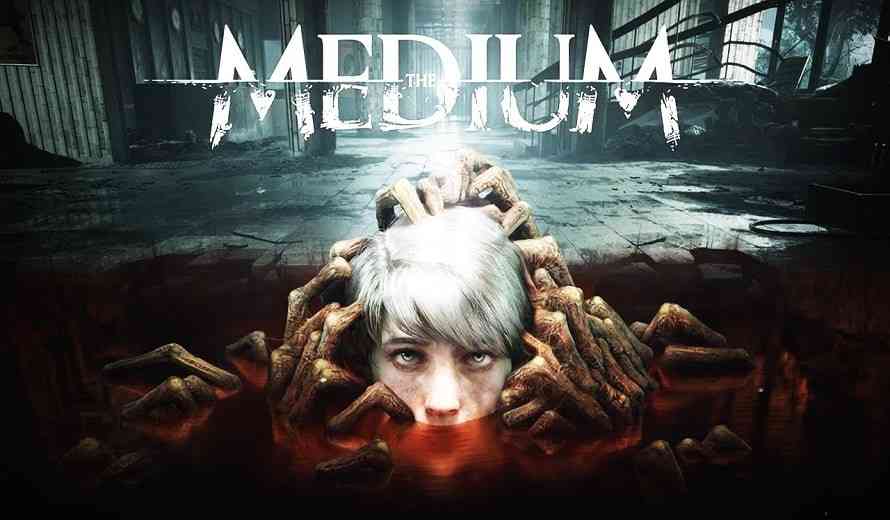Can The Medium Explain What’s Beyond?
What lies beyond? It’s a question that’s dominated the human psyche since the dawn of consciousness. What beyond that ridge? That horizon? Or the ultimate, most unanswerable question of all: what lies beyond this mortal plane? What happens when we pass on?
Without answers, hints, or even the faintest notion of an inkling, it’s unsurprising that so much time and effort has been devoted to media exploring death. The entire horror genre and most thrillers directly rely on death as a story element, and games are no different. Resident Evil and Silent Hill started the ball rolling decades ago, and the trend holds up today.
The fascination around death is so deeply ingrained that almost any angle or approach has instant credibility, and as such Bloober Team’s latest creation The Medium immediately captivated the market when it was revealed. Featuring a mysterious world splitting mechanic, The Medium was set to be one of the Xbox Series X’s showpieces at launch. Release slipped to January, but would that be a bad omen for the fate of the experience?
**Very light story spoilers follow**
The Medium stars Marianne, a Polish woman who we quickly learn is in the process of burying her adoptive father, Jack. She’s a mystery to us, and either by choice or a lack of knowledge she reveals little about herself right away. Except for one key point: she sees dead people. Walking around, like regular people.
Marianne is a medium, and she’s able to help those who have passed move on to the next plane of existence by interacting with the departed in a sort of spirit realm. It’s a great setup for a mystery, and of course, Marianne quickly receives a call from a man she doesn’t recognize. He seems to know her, and he needs her help. For a reason she seems to not understand, she sets off to Niwa Resort to investigate. While it drags in the early going, the adventure that follows covers a lot of ground. Using Marianne’s powers liberally, that slow burn warms up as it carries on. It goes places I expected, places I didn’t, and ultimately tells a story I wanted to see through.
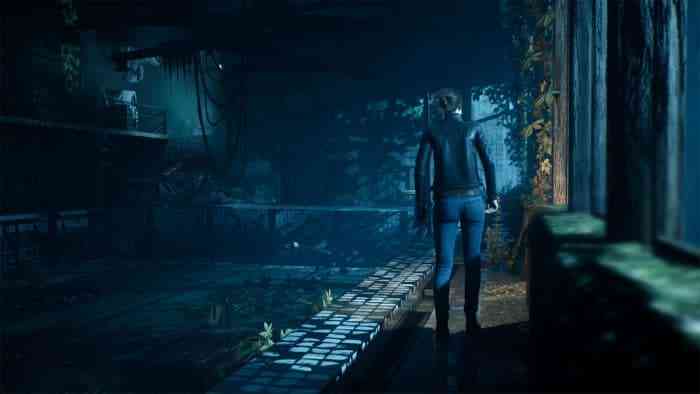
The Medium relies heavily on the environments it places characters in to provide context to the story, and it’s really well done. Being set in Poland, there’s a ton of history to lean on, and lean it does. Bits of story are strewn around the levels, told either directly through flashback audio, or implied via set dressing. It’s largely intriguing, and I wanted more. I found myself eyeballs deep in various aspects of Polish history after a number of play sessions, and I commend Bloober Team for bravely setting The Medium in their home country. To me, offering outsiders a platform to dive into Polish history from is The Medium’s biggest success. I found myself really wanting to zoom in and take a close look at Niwa, though first person camera control is sadly limited to select spots.
Troy Baker grabs the headlines in just about everything he’s in (and he’s in literally everything at this point, I think), but he ends up being a tiny piece of an overall successful voice cast. Character actors you’ll recognize from one game or another but struggle to name turn in some truly creepy line reads throughout the adventure.
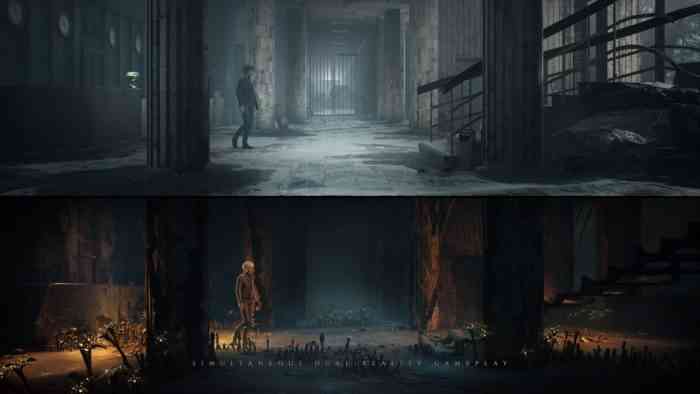
Calling Out For Mommy
Is it scary, though? No, not really. I’m not one to fall for jump scares that easily, and thankfully The Medium avoids using that crutch too often. It finds more success creating psychological tension, though I never found myself physically dreading entering the next room. Imprints from the past build up a desire to know what happened, but the often creepy voiceover rarely receives much visual support. It was definitely trying to scare me at times, but never quite found that delicate balance.
That has a lot to do with the way The Medium is paced. It’s… off. Effective thrillers, mysteries, and scary content deftly balance the audience on a knife edge. Tension ought to be kept consistently high, with brief reprieves that only provide the most fleeting exhale. The Medium has moments that I absolutely loved from both visual and storytelling perspectives, but they were too far apart to feel like I needed a metaphorical safety blanket nearby. Gameplay segments guiding Marianne from A to B or working to retrieve a tool are perhaps expected in an experience like this, but the let-offs were too drawn out. Long exploration sections show off the environments well, but somehow also made me feel too safe.
In tense scenarios, I was far too able to intuit when danger had passed. I’ve been desperately scouring my notes, trying to figure out why.
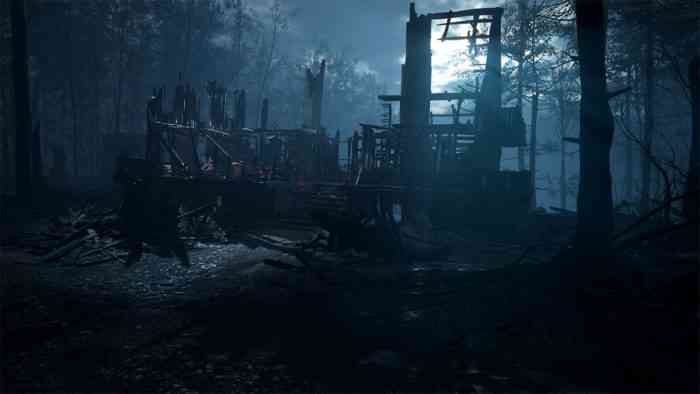
The only notion I came up with is that The Medium feels like it’s from the same era as Silent Hill. You know, the era where scripting triggers were blatantly obvious and monsters definitely couldn’t open that door. Perhaps that was an intentional choice, but too many of the mechanical pieces were detractors from the experience. Marianne is slower than a turtle in molasses, and while the generally fixed camera angles are certainly cinematic, they result in far too many movement hiccups when the angle shifts. For my money, the story and environment is absolutely the reason to play The Medium, and if they’d shaved off a good half of the gameplay this would be a tenser, tighter, and more satisfying story.
The Medium’s much talked about world splitting mechanic defines a good deal of the visual and audio presentation. In those sections, the game renders the physical and ethereal world simultaneously. Yeah, two worlds. Marianne moves through both worlds in lock step, while physical features and interactable points vary. It’s a simple system, but it’s a proof of concept for a gameplay mode that’s been near impossible prior to this hardware generation. The desolate spirit world has wasteland written all over it, its masked characters taking on a quality not unlike crumbling clay. Meanwhile, the physical world is infinitely more complex. The soundscape matches the visual presentation the whole way, leaving no mistake which world you’re currently in.
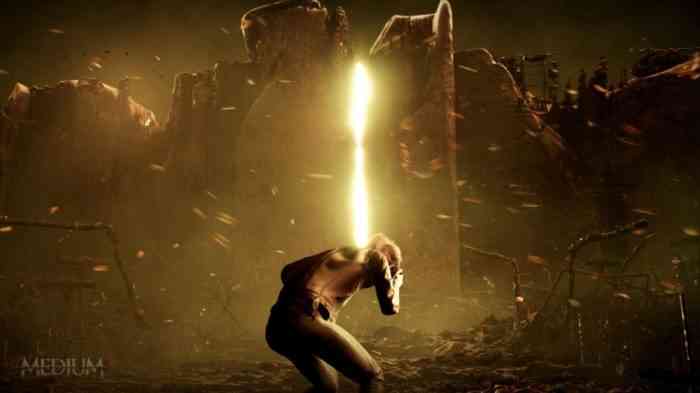
The game looks excellent, with great art direction across the board. The lighting stood out particularly to me, showcasing really impressive bounce lighting from Marianne’s flashlight while tiles and wood floors look remarkably like real surfaces. The ray traced reflections look great when they stand out, and add a ton to the atmosphere even when they’re less conspicuous. Sadly, In sections featuring a split world, resolution takes quite a noticeable hit. Reflections are more pixelated, and the image as whole is far less sharp. Other times, the scene would hitch badly when entering a cutscene, or textures would fail to load in. It’s far from unheard of course, but still disappointing given I was playing on the self proclaimed world’s most powerful console ever.
As a whole package The Medium is very much a story of compromise. For all its successes in visual storytelling and interesting setting, it’s collared by poor pacing and dated game design. Still, it’s well worth a look for history buffs and those fascinated by the unknown. So what lies beyond? It’s still up for debate. In the present, The Medium offers an intriguing possibility to puzzle on.
*Xbox Series X review code provided by the Publisher*
The Good
- Strong, interesting story
- Unique split world sections
- Gorgeous environments
The Bad
- Poor pacing between story beats
- Dated gameplay mechanics
- Some performance problems
